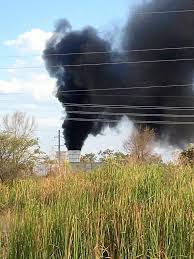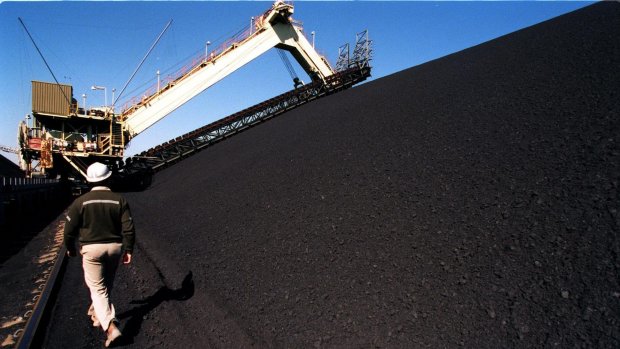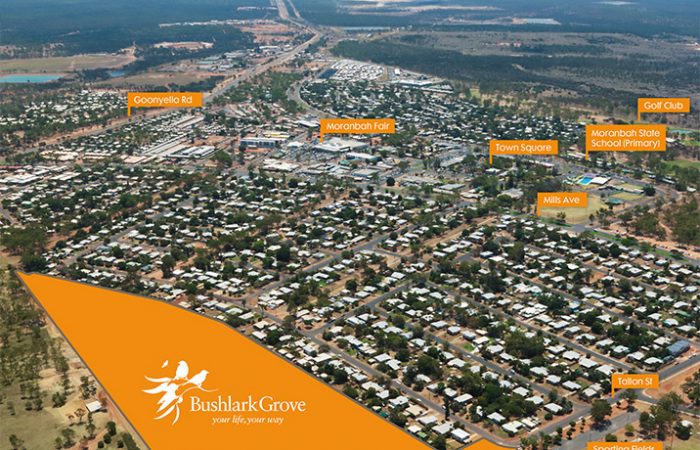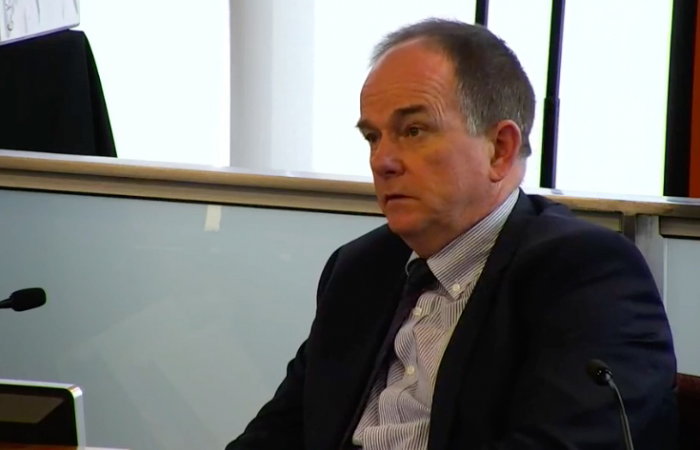
North Goonyella Spontaneous Combustion Article written approximately 2 weeks before Black Smoke out the Main Fans
https://www.afr.com/companies/cycle-surfing-peabody-stalled-by-queensland-gas-20180919-h15lp9
Cycle surfing Peabody stalled by Queensland gas
Peabody Energy’s smooth ride since dragging itself out of bankruptcy and surfing the coal cycle back to wild profitability has been interrupted by a succession of technical problems that suspended work at its North Goonyella mine in Queensland.
Work at one of Peabody’s five-strong fleet of metallurgical coal cash cows in the Bowen Basin has been suspended after the underground mine triggered thresholds for methane and carbon monoxide.
The inability to work underground comes at the worst possible time for management, given that the mine is deep into the routine of moving the massive and intricate longwall equipment that cuts production from the North Goonyella coal face.

Peabody management from headquarters in St Louis confirmed that a high gas level had stopped progress on a longwall move that was to be completed by the end of September but will not now be in place until “early” in the December quarter.
Peabody said that key services such as power, ventilation and normal water management had been unaffected by the shutdown and that the mine continued to ship from inventories. But the company was unable to tell The Australian Financial Review whether it was shipping to schedule or how long it could support its contracted volumes from stockpiles at the mine and port.
But there are claims that the problems at North Goonyella stretch beyond the methane and carbon monoxide readings.
Multiple sources have indicated that the coal is generating excessive levels of heat, that this is the source of the gas accumulation and that management is uncertain why or where this unanticipated burst of heat is coming from.
Those same sources estimate that mine management has no more than two weeks to solve both issues because a half-moved longwall “cannot just sit down there for too long without moving”.
This claim, along with the idea of management uncertainty, is received as unnecessarily alarmist by Peabody people. The company’s approach is that a return to normal is a matter more of time and appropriate action. And that is pretty much word-for-word what we heard the last time we reported on a difference of opinion between miners at the coal face and head office.
In a second and more substantial comment sent to the Financial Review, a Peabody spokesman confirmed the link between heat and gas levels but played down the sense of urgency represented by our sources.
“About 2½ weeks ago, an area of the North Goonyella mine began registering higher gas levels, suggesting modest elevated temperatures and low-level oxidation of some coal,” the statement said.
“Mine management quickly assessed the facts, took appropriate steps, removed people from underground, contacted the inspectorate, and began mobilising resources to correct the situation. Steps have included pumping inert material near the face to reduce levels, and there are recent indications that process is yielding success with current gas levels below their peak.”
Those steps include the deployment of seven units that are pumping nitrogen into the mine at various points with the aim of speeding the ventilation process.
The second statement from St Louis played down the need for speed and any sense that an expensive piece of kit might be at risk.
“Peabody is well over halfway through the two-month longwall move at this point, with major equipment already transferred and 78 shields remaining to be moved,” the statement noted.
Peabody also rejected any suggestions that delayed repositioning of the longwall might prove material, noting that “the company had been trending to the upper end of its 2018 metallurgical coal sales volume targets, and those targets have not been revised”.
But it is worth noting that we were offered similar reassurance the last time we reported on miners and their management team representing different views about a problem at an underground coal operation. That was in November 2015 when we reported that the miners at BHP’s Broadmeadow mine were battling “technical problems”. The claim was that a longwall had become wedged by roof slippage. Head office insisted things were under control. But they weren’t until, some time later, management engineered a novel solution to release the equipment. And while that problem was fixed, technical issues have persisted.
As it turns out, miners really do know what they are talking about.


